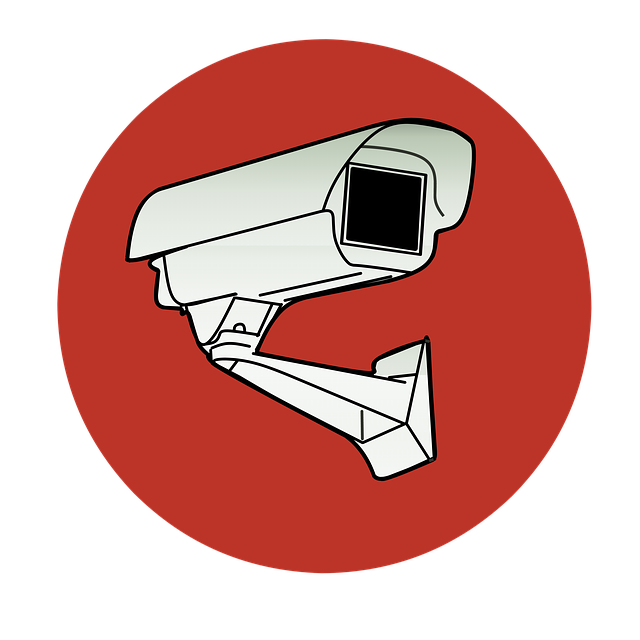Executive families prioritizing top-tier home security should collaborate closely with their household staff, leveraging their real-time intelligence and vigilance for enhanced personal protection. This involves robust communication, tailored risk assessments, and training staff in first aid, emergency response, and situational awareness to mitigate physical and digital threats. A comprehensive security plan, developed collaboratively, ensures the safety and peace of mind for these families' personal protection.
“Enhancing residential security for executive families involves strategic coordination with household staff. This comprehensive guide explores the multifaceted approach to ensuring safety within opulent homes, from risk assessment to tailored security plans. We delve into crucial strategies like effective communication, staff education on personal protection measures, and creating robust protocols specifically designed for high-net-worth individuals’ peace of mind. Discover how a well-coordinated household staff can revolutionize executive family security.”
Understanding the Importance of Household Staff Coordination for Executive Families
For executive families, ensuring the highest level of security is paramount, especially within their homes. This is where coordination with household staff becomes incredibly vital. Personal protection for executives’ families isn’t just about having a presence; it’s about creating a comprehensive network of support and awareness. By integrating household staff into this security framework, families can benefit from a multi-layered approach to safety.
Staff members, often the eyes and ears within a residence, can provide real-time intelligence on suspicious activities or unusual behavior. Their role extends beyond domestic duties; they become active participants in safeguarding the family, providing an additional layer of personal protection for executives’ families. This collaboration ensures that potential risks are identified and addressed promptly, enhancing the overall security posture of the home.
Assessing Security Risks and Vulnerabilities within the Home Environment
Assessing Security Risks and Vulnerabilities within the Home Environment is a critical first step in enhancing residential security, especially for executives’ families who face heightened threats. This involves identifying potential entry points, such as unsecured doors or windows, and evaluating the visibility of the property from nearby areas. It’s essential to consider the layout of the home, including access to valuable items and the proximity of employees’ quarters to high-value assets.
A comprehensive assessment should also take into account the personal protection for executives’ families, considering their routines, regular visitors, and any known or potential risks associated with their activities. This may include evaluating the security measures already in place, such as surveillance systems, alarm devices, and access control mechanisms. By thoroughly understanding these aspects, homeowners can develop tailored strategies to mitigate vulnerabilities, ensuring a safer living environment for all residents.
Implementing Effective Communication Strategies with Household Staff
Effective communication is key to successful coordination with household staff, especially when it comes to residential security. Regular and open dialogue ensures that everyone involved is on the same page regarding potential risks and safety protocols. Since personal protection for executives’ families often requires discreet and tailored solutions, clear communication channels allow for the sharing of relevant information without compromising privacy.
Staff members should be encouraged to voice any concerns or observations they may have regarding security measures. Similarly, homeowners should feel comfortable discussing their expectations and specific needs. This two-way communication fosters a collaborative environment where unique family dynamics and potential vulnerabilities can be addressed effectively, ultimately enhancing the overall security of the residence.
Training and Educating Staff on Personal Protection Measures
Training and educating household staff on personal protection measures is a critical component of enhancing residential security for executives and their families. Staff members play a vital role in ensuring the safety of those they serve, as they often have close and continuous access to the family. Comprehensive training should cover basic first aid, emergency response protocols, and situational awareness techniques. Teaching staff how to identify potential threats and respond appropriately can significantly mitigate risks.
Personal protection for executives’ families goes beyond physical security. Staff should also be trained in recognizing and reporting suspicious activities, both within and outside the residence. They must understand the importance of discretion and confidentiality when handling sensitive information about the family’s routines and vulnerabilities. Regular updates on security best practices and new threats will empower staff to protect the family effectively.
Building a Comprehensive Security Plan tailored to Executive Family Needs
Creating a robust security plan is paramount for executive families, who often face heightened risk due to their prominent positions. This involves a collaborative effort between the family and their household staff to identify potential vulnerabilities and devise strategies to mitigate them effectively. A tailored approach ensures that every aspect of residential security is addressed, from physical protection to digital privacy, catering specifically to the unique needs of the executive family.
The plan should encompass a range of measures, including advanced surveillance systems, secure communication channels, and well-defined emergency protocols. Personal protection for executives’ families can be enhanced through regular risk assessments and scenario-based training for staff, ensuring they are equipped to handle various security challenges. By integrating these proactive steps, the family’s overall safety and peace of mind can be significantly improved.
By coordinating effectively with household staff, executive families can significantly enhance their residential security. This involves assessing risks, implementing clear communication strategies, training staff in personal protection measures, and developing a comprehensive security plan tailored to their unique needs. Such proactive measures ensure the well-being of both family members and staff, fostering a safer and more secure home environment for all.
